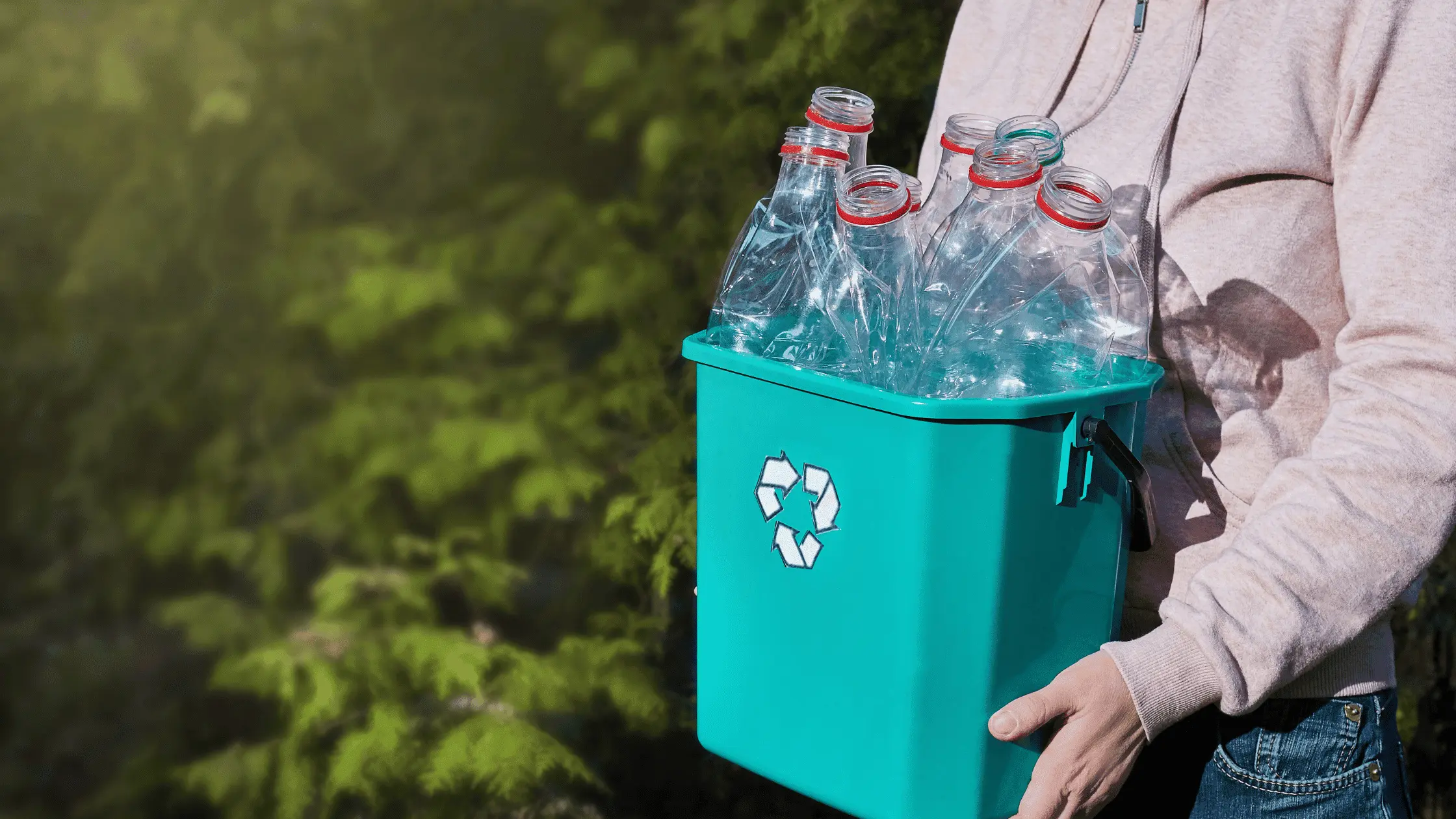Permafrost is a type of frozen ground that remains frozen for a minimum of two consecutive years. It can be found on land, but can also be found beneath the ocean. Some types of permafrost have been frozen for centuries, while others have been frozen for thousands of years.
What is the difference between permafrost and ground that is frozen during the winter and thawed during the summer?
The depth of permafrost can range from a few feet to over a mile. It can cover vast areas, such as the entire tundra in the north of the country, or it can be found in much smaller, more defined areas, such as on the leeward side of mountains or the tops of mountains.
In the northern hemisphere, where the landmass is larger, permafrost covers about 25% of the land. It is found in many places in the north of the world, such as Canada, Greenland, and the north of Siberia, as well as under the ocean floor of the polar regions. In Alaska, almost 85% of the land is permanently frozen, but permafrost can also be found at high altitudes in places that may not be immediately visible, such as in the Rocky Mountains and Tibet. In the southern hemisphere, permafrost is found in the Andes mountains and the southern Alps in New Zealand.
What is Permafrost?
The first English report on permafrost was published in 1943 by the USGS (United States Geological Survey), but it had already been reported on by several other authors. Permafrost, derived from the words “permanent” and “frost,” refers to ground that remains completely frozen—32°F (0°C) or colder—for at least two consecutive years. This geological phenomenon is primarily found in polar regions and high mountain environments, where cold temperatures prevail. Permafrost is essential in understanding the Earth’s climate system as it contains vast amounts of organic material that, when thawed, can release greenhouse gases like carbon dioxide and methane, contributing to global warming.
Permafrost is typically found under layers of ice, with the permafrost starting where the ice ends. However, permafrost can also be found beneath what scientists refer to as an “active layer”. An active layer is a layer of soil and sand or a combination of the two, that may freeze and thaw on a seasonal or monthly basis in response to weather events, such as rain or sunshine. In the event of an active permafrost layer, you’d need to dig down about one foot or more to reach the permafrost beneath it.
This means that some permafrost is directly on the surface, beneath active layers, or below layers of ice or snow that may change throughout the year (for example, the permafrost may be below snow some years and exposed to others). These variations may be seasonal, caused by weather patterns geothermal activity, and other reasons.
Types of Permafrost
1. Continuous Permafrost

Continuous permafrost is defined as 90% or more of a landscape’s ground that is continuously frozen. When the average soil temperature is 23F (-5C), the ground is constantly frozen. In the Northern Hemisphere, there is a continuous line of permafrost at the southernmost point of the Earth’s continental plate. This line is also known as glacial ice. There is no such line in the Southern Hemisphere because the location of the line is beneath the ocean.
2. Discontinuous Permafrost

When 50% to 90% of the ground is frozen, it’s called discontinuous permafrost. This happens when the ground remains cold but the air temperature changes from day to day. In these areas, some layers of soil will thaw during the summer months, while other protected or shaded areas may remain frozen.
3. Sporadic Permafrost

Sporadic permafrost is defined as less than 50% of the area’s total permafrost extent. This term is used to describe permafrost that occurs in the same locations as discontinuous, but at a slightly lower elevation or in areas that are exposed to more sunlight or warm air circulation.
Some Other Types
Some other permafrost subtypes are described by their location rather than their thickness.
1. Alpine
Alpine permafrost, on the other hand, is discontinuous. This is because most permafrost occurs at higher elevations, where local climatic conditions and geologic features interact with permafrost. Alpine permafrost can occur anywhere that’s cold enough, so it’s not limited to polar regions. For example, in 2009, researchers discovered permafrost near the top of Mount Kilimanjaro, an unglaciated mountain in Africa, about 200 miles north of the equator.
2. Subsea
Permafrost is a type of sediment that is deposited beneath the sea bed in polar regions. These sediments are ancient and originated during the last Ice Age when the sea levels were relatively low. As the sea levels rose, the land’s ice sheets began to melt, covering the land with seawater. Subsequently, the sediments became permanently submerged, and they remain today, where they can pose challenges to underwater drilling or undersea pipeline installation.
Is Permafrost melting?
It currently covers about 9 million square miles of land in the Northern Hemisphere (roughly the size of the United States, Canada, and China put together), but it’s also getting smaller. Because the polar region is warming at about twice the rate of more temperate regions, and because permafrost is vulnerable to even the tiniest changes in temperature, scientists have found that it’s melting faster than expected. According to a widely cited study in Nature Climate Change, if the planet warms by 2 °C (the current projected temperature) over the next 50 years, permafrost will shrink by 40%.
How is Permafrost linked to climate change?
The main impacts of melting permafrost are twofold. The first is that it releases greenhouse gases into the atmosphere. Methane is one of the main greenhouse gases that are released when permafrost melts. As more of it melts, more of these warming gases get released into the atmosphere, causing the climate to get even hotter. The second is that melting permafrost can have local impacts, like destabilizing buildings and roads, and potentially causing flooding or mudslide events.
In addition to the environmental and economic impacts, permafrost communities have started to lose structures, and in some cases, entire communities may need to be moved. In Alaska, Greenland, Canada, and Russia, permafrost thaws have caused homes and buildings to collapse or sink. In the Russian city of Vorkuta, 40% of the buildings are compromised, and in the city of Norilsk, with 175,000 inhabitants, 60% of buildings are damaged and 10% of houses have been abandoned.
The subsurface is also shifting, making it difficult to rebuild. Many of these areas already lack housing, and most of the displaced people are indigenous peoples whose families have been living in these places for centuries.
Impacts of Permafrost
1. Ecological Problems
Permafrost is changing landscapes. When it melts, as it is doing in the Canadian Arctic, Alaska, Russia, and elsewhere, nutrient-rich landscapes that were once home to the food supply of grizzlies, caribou, and other wildlife are disappearing beneath the slabs of soil. This happens because the ground is pushed up and reshaped as the water under the surface shrinks and the ice inside melts. The food plants for animals, such as cranberries and blueberries, as well as shrubs lichens, as well as other edible plants, cannot withstand the mud and silty onslaught.
2. Ecological Impact
For indigenous peoples, such as the Inuit, living in permafrost-affected areas, food will become increasingly difficult to find as thousands of slumps, or thermokarst, occur and continue to occur over the next few decades. These landform changes can change seashores through collapse, alter how and where streams run, and lead to the draining of lakes. All of these changes can also have negative impacts on the wildlife that the people depend on in the area.
The melting of permafrost also causes the collapse of buildings and roads, which must be restored or abandoned, and commercial activities, such as drilling for oil and gas, oil pipelines, and other businesses and communities that rely on stable soil and a dependable water supply. Because permafrost melting has such a wide range of effects, it’s hard to pinpoint a specific dollar amount to attribute to permafrost melting.




